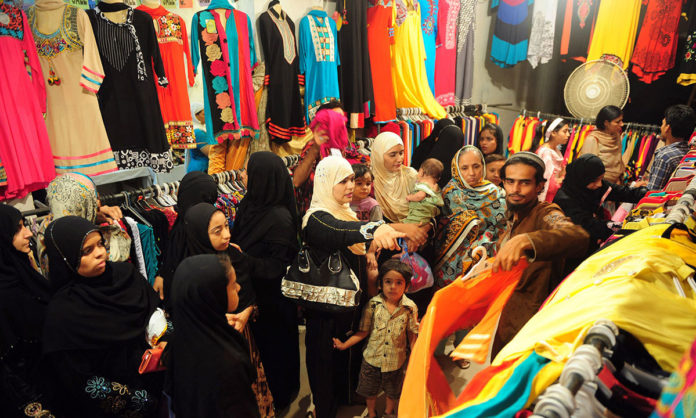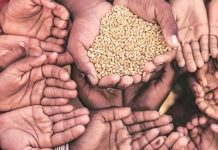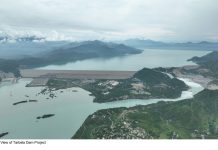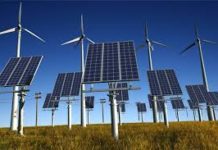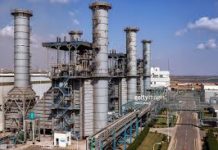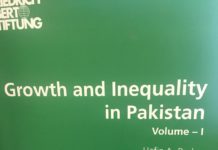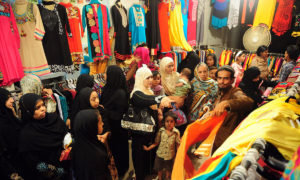
Lahoris are in a great rush in Ramazan evenings as Eid shopping is fast picking up. Be it the upscale market of Liberty or lower middle class shopping areas of Ichhra and Islampura neighborhoods, people are busy in buying clothes as part of the Eid Festival celebration that marks culmination of the month of fasting.
But this is just around the middle of Ramazan, and many more people are expected to throng markets, shopping plazas and bazaars in the last ten days of the month.
In fact, the breezy economic activity appears to contradict Pakistan’s low standing on the development index and income equality. That mainly is due to the fact that Eid shopping is very much a cultural activity – something that is done each year during Ramazan.
But still, experts see a growing economic momentum behind shopping upsurge in several parts of the country, especially the urban centers like Karachi, Lahore and Islamabad.
So what are people buying? Pretty much everything related to the occasion – from cuisine to dresses, apparel, shoes, fashion accessories, ornaments and traditional Henna or Mehdi. The shopping peaks on Chand Raat or the eve of the Eid ul Fitr.
This activity is not restricted to Lahore only. The hype in the shopping activity has been a boon for the business community across Pakistan that, according to some estimates, earns more profit during Ramazan as compared to the sum total of profits reaped during the rest of the year.
A study by trade organizations puts the total value of Eid shopping this year at Rs 1000 billion (US $ 10 billion).
This trend coincides with a rise in the prices of clothes, shoes and fashion accessories. The prices have registered a 20 percent increase as compared to the previous year.
Economists attribute these trends to both traditional surge in prices and uptick in economic activity related to industrial, services, infrastructure development, domestic tourism, and growth of modern IT sectors. Only this week, Pakistan has found its way back into the category of emerging economies on the back of expanding GDP, robust performance of Karachi Stock Exchange, foreign remittances inflows, and macroeconomic stability.
Discussions with traders and entrepreneurs reveal that the trends bode well for the country, which has to pull large populations in far-off areas out of poverty.
In addition to conventional shopping like clothes, citizens are also purchasing new furniture and home appliances during the Eid season.
Except for high-end brands and the imported commodities, prices are generally stated to be slightly above last year’s level. But the children’s garments are expensive due to rising demand and traditional profiteering on part of sellers.
According to experts, clothing, footwear, cosmetics and fashion accessories cut the biggest share of the Eid spending pie. Shopping trends in all the major cities of the country suggest that the dedicated markets dealing in household items, furniture, electronics and crockery are also doing roaring business ahead of Eid festival.
To facilitate people in shopping and giving Eidi (usually cash and gifts) to their children and visitors, the State Bank of Pakistan has been issuing fresh new currency notes with a total worth of Rs 250 billion every year. In the last ten days of Ramazan and the month of Shawal, people like to use fresh currency notes in shopping and business deals.
Eid tourism is another activity that stimulates domestic economy and generates income for the traders and businesses.
Pakistanis besides visiting their native towns, also like to enjoy Eid holidays in hill resorts like Murree, Ayubia, Kalam and Naran and cooler northern parts of the country. The Eid season also usually witnesses generous charity and philanthropic contributions.


